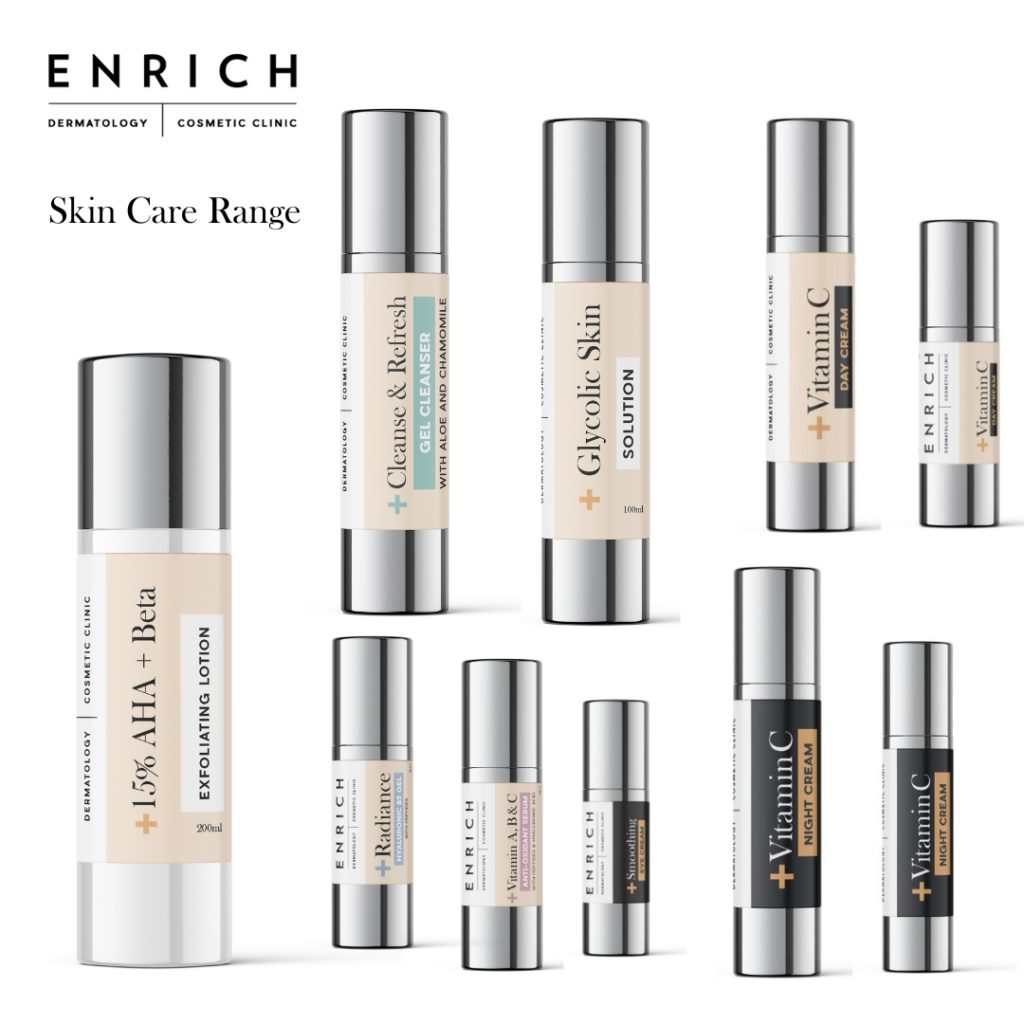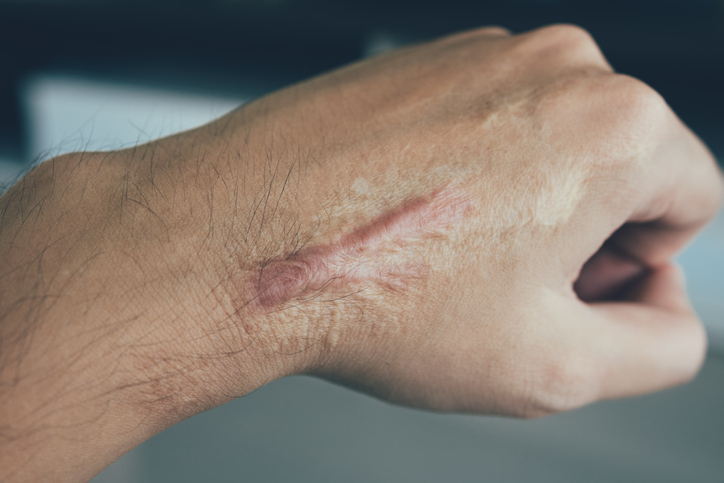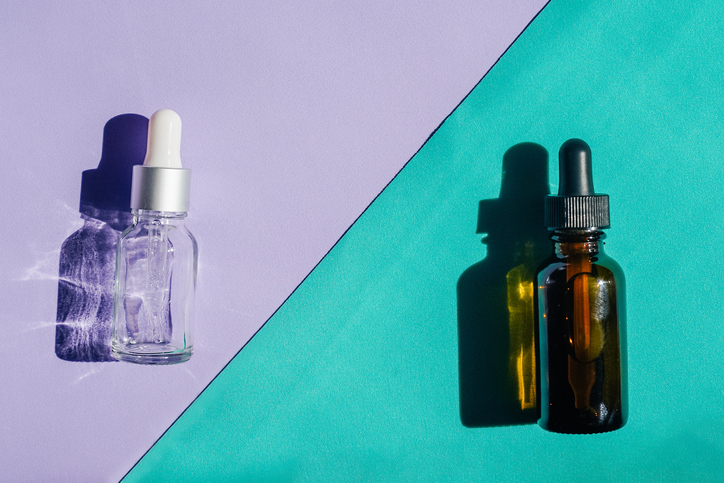The short answer to what causes pearly penile papules (PPP) is that nobody knows for sure, but there are a couple of theories floating around. The main consensus is that these little pearly bumps are a typical feature of many penises, which is shorthand for there isn’t a lot of time, effort or money being thrown into figuring out just what causes pearly penile papules.
What we do know is that PPPs are ubiquitous, are not a disease, and there is no need to be frightened. You may not like them, but they aren’t a health issue. If you don’t like your pearly penile papules, we have solutions.
Theories on what causes pearly penile papules
It has been suggested that PPPs are vestigial, which means they used to form a more prominent or essential body structure that has fallen out of use.
Similar structures have been found on the penises of other animals, and are known as the much less complimentary penile spines.
These penile spines in animals are likely to serve a reproductive function, possibly increasing sexual sensation and encouraging quicker orgasms. These spines are found in varying forms in cats, chimps, mice, wombats, echidnas, monkeys and bats.
Human pearly penile papules don’t have the same abundant nerve supply as is found in other animals. This suggests that we don’t use them for anything much.
Primates appear to have lost a DNA sequence for these spines. This has left some of us with nothing much to show for it except a ring of pretty pearls from a bygone era.
PPP facts
- You do not have genital warts or any other sexually transmitted infection
- You are not contagious
- You do not have poor hygiene
- You do not have cancer

What do pearly penile papules look like?
Pearly penile papules vary depending on your skin, and maybe tiny pink, white, yellow or translucent pearls around the edge of the corona (head) of the penis. All of your papules will look alike; there is no colour, shape or texture mixing in one person.
The papules are all evenly sized – a few millimetres – in a single or double row.
PPPs are considered a normal skin variation, and may appear – or disappear – in an individual over a lifetime. PPPs tend to form and then stick around for life, but some research shows that as we age, PPPS can diminish (Agha 2009).
Why do only some men have PPPs?
PPPs do not discriminate. They can affect any age, ethnic background and sexual preference. Some reports suggest that uncircumcised men are more likely to have pearly penile papules than circumcised.
Treatments for PPPs – we have a permanent solution!
It’s important to note that you cannot pick penile papules off – they are part of your skin. Picking at them will cause irritation, discomfort, and possibly a small sore.
Also, you can’t apply any cream or lotion that will get rid of them – they are not that kind of skin ‘problem’. Do not apply wart cream, abrasive acids, or other ‘home remedies’ suggested online. That will not help and will actively hurt you.
If you do want your pearly penile papules removed, see Dr Michael Rich at ENRICH Clinic and have them vapourised on the spot by a laser. Quick, simple, and easy – and gone for good! There are no returns on PPPs.
The laser treatment isn’t usually painful, uncomfortable yes, but topical anesthetic is applied before treatment. You will need to take care as the small wounds heal up, which takes about a week. Read your after care instructions and follow them to the letter for this delicate area. At ENRICH Clinic, Dr Rich performs the pearly penile papule removal procedure – he is one of the most experienced doctors performing this treatment in Australia.

How will I know if I have PPPs?
It is usually quite easy to identify pearly penile papules when you know what you’re looking for. The best way to put your mind at ease is to see a doctor for an accurate diagnosis.
The key indicators will be the location, shape and colour. The single or double beaded ring around the rim of the head of the penis should give it away. The appearance of PPPs is quite distinct and will appear in this one area on the penis, organised into a very orderly ring.
What else could these papules be?
It’s essential to be thorough in your investigations – you don’t want to get caught short thinking your bumps are PPPs when they are not. Here are some other options to consider:
STIs
You may be concerned that you have genital warts. Genital warts are more like a cauliflower shape, a bit lumpy and squashy, and appear randomly around the penis, perineum and anal area. Genital warts don’t look like PPPs at all. You may get one wart; you may get a cluster, you may get many. Warts are not well-organised, unlike PPPs.
Another STI that causes pearly bumps on the head of the penis is molluscum contagiosum, however once again, these bumps are poorly organised and a bit all over the place compared to PPPs.
Benign conditions that could mimic PPPs
A condition that might be confused with PPPs is Fordyce spots – harmless tiny white bumps that appear on penile skin – but not the head of the penis. Fordyce spots do not appear on the corona of the penis, but these spots are just as benign if you do happen to have them. No need to worry one way or the other.
When to worry
PPPs do not cause pain, inflammation, swelling, soreness, itching, irritation or redness. They behave just like healthy skin. If you have any symptoms that seem unusual or are causing you discomfort, please see your doctor. If you do need medical treatment, you should know about it sooner rather than later.
Managing embarrassment by removing your PPPs
If your pearly penile papules cause you distress, getting rid of them may be a good option. It makes no material difference to your penis to have – or not have – PPPs. As discussed, they have no nerves in them and are worthless appendages.
The risks of the procedure are minimal, and with an experienced doctor like Dr Rich, who has performed over 1000 of these procedures, you are in the best hands possible.
Contact us
ENRICH Clinic







